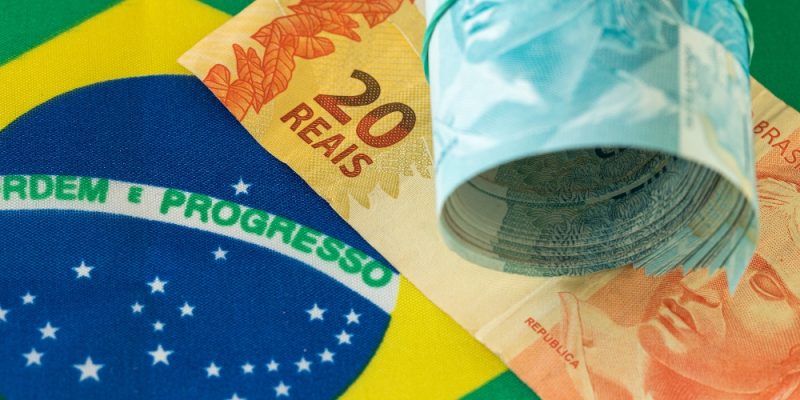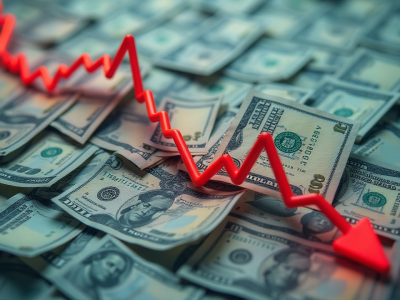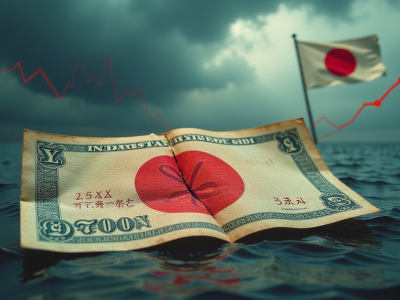
The Brazilian real weakened against the US dollar and euro on Thursday as traders reacted to the latest appointment to head the central bank. The USD/BRL exchange rate rose to 5.56, higher than this week’s low of 5.3810. Real has been one of the worst-performing emerging market currencies, falling by almost 20% from its highest point last year.
The EUR/BRL pair also jumped to a high of 6.20, up by almost 20% from last year’s lowest point.
New Brazil central bank chief
The main catalyst for the Brazilian real was the decision by President Luiz Inacio Lula da Silva to appoint a new central bank chief.
He named Gabriel Galipolo, a key ally and the director of monetary policy at the Banco Central do Brasil. Galipolo will next be grilled by the Senate, and if confirmed, he will replace Roberto Campos Neto next year.
His appointment is important because of Brazil’s role in the global economy. It is one of the most populous countries with over 211 million people and the eighth biggest country by GDP. It has a Gross Domestic Product (GDP) of over $1.92 trillion.
He will be tasked to ensure that Brazil’s inflation remains relatively low. Under Neto’s rule, the central bank slashed interest rates to a record low during the pandemic and then hiked to double digits when inflation rose.
The BCB was the first central bank to start cutting interest rates in 2023 and has brought them to 10.5%, higher than its historical levels.
Analysts expect that the Brazilian Central Bank will leave rates unchanged for a while since inflation has risen slightly in the past few months. The most recent data showed that the headline Consumer Price Index (CPI) rose to 4.5% in July, the third consecutive month of gains.
It has risen to the highest point since January this year, partly because of the weak real. As a country that imports so many items, Brazil’s inflation tends to be exacerbated by a weak local currency.
Falling export prices
The USD/BRL exchange rate has also risen because of the ongoing deterioration in the commodity market as investors predict that the supercycle ended.
Most of the top Brazil’s exports have crashed hard this year because of the ongoing fear of oversupply and weak demand.
Soybeans, Brazil’s top export, has been in a strong bearish trend in the past few years. It has crashed by more than 44% from its highest point in 2022 and is hovering near the lowest point in 2022.
Soybeans prices have crashed because of more supply and relatively weak demand. China has become one of the top soybeans producers as the country works to end its reliance on the United States.
The most recent WASDE report shows that soybeans production for the year will be 4.6 billion bushels, up by over 154 million. Some of the top countries that will see higher production are the United States, Ukraine, and Russia.
Brazil’s second-biggest product is crude petroleum, which is not doing too well. Brent and West Texas Intermediate (WTI) were trading at $77.6 and $74.5, respectively as demand concerns have remained.
Meanwhile, the price of iron ore, has continued plummeting because of weak China demand and higher inventories. Data by TradingView shows that iron ore was trading at $98, has fallen by over 31% from the highest point this year and by 55% from the 2020 high.
Iron ore, an important commodity used to manufacture steel, is embracing a new normal now that China is no longer growing as it used to in the past few years. The government is no longer spending big on infrastructure projects while the recovery of the property market is taking longer than expected.
Sugar is another top Brazilian exports, and it too, is not doing too well. It has dropped by over 30% from its highest level this year.
Most importantly, the price of corn has continued falling and has moved to a low of $3.91, down from its highest level since October 2020. It has also plummeted by over 52% from the highest point in 2022.
The only Brazilian export that is doing well is coffee, whose price has jumped by double digits in the past few months.
USD/BRL technical analysis
USD/BRL chart by TradingView
The daily chart shows that the USD to BRL exchange rate peaked at 5.86 earlier this month and has now pulled back to 5.56. It has now retreated and moved below the 23.6% Fibonacci Retracement point.
Notably, the USD/BRL pair has formed a head and shoulders pattern whose neckline is at 5.40. In most cases, this is one of the most bearish patterns in the market. The pair has remained slightly above the 50-day moving average.
Therefore, the pair will likely rise gradually to form the right side of the shoulder and then resume the downward trend. My view is that the USD/BRL exchange rate rally may have peaked.
The post USD/BRL forms H&S pattern; pointing to Brazilian real rebound appeared first on Invezz












